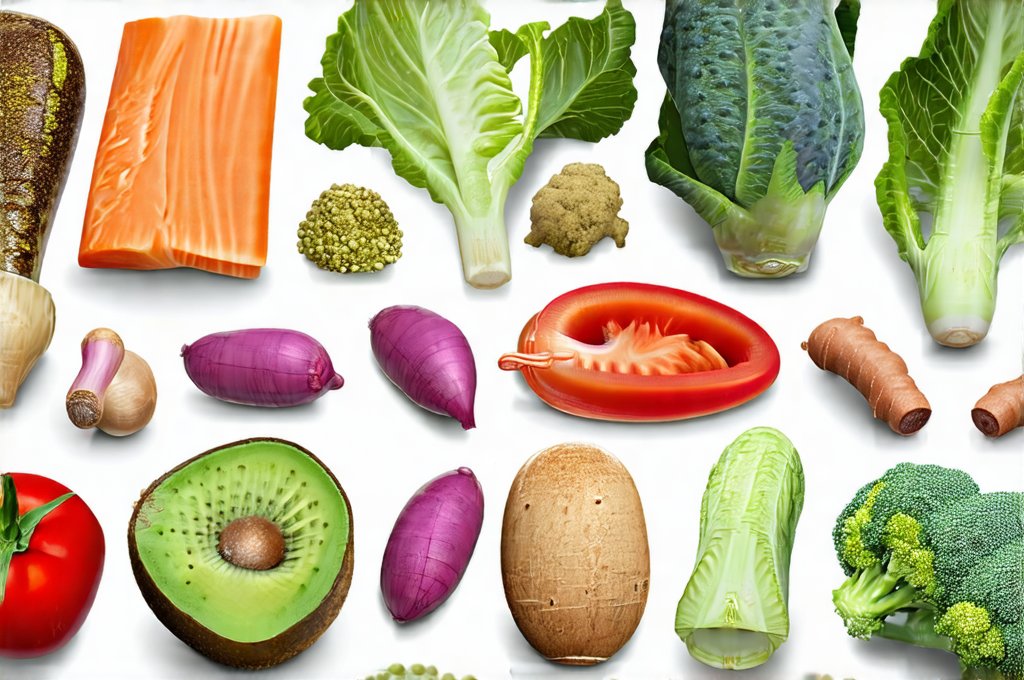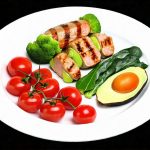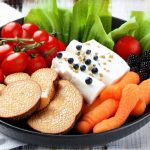The human digestive system is an intricate network designed to extract nutrients from food, but its efficiency can be significantly impacted by how we prepare and combine what we eat. Often, modern diets prioritize convenience over digestibility, leading to a reliance on strong enzymatic processes to break down complex foods. However, there’s growing interest in dietary approaches that encourage gentle enzymatic activation, meaning optimizing food choices and combinations to minimize digestive stress and maximize nutrient absorption without overwhelming the system. This isn’t about eliminating entire food groups or adhering to restrictive diets; it’s about understanding how different foods interact and leveraging natural digestive processes for improved wellbeing.
The concept stems from recognizing that our bodies possess an incredible capacity for self-regulation when given the right support. Overloading the digestive system with difficult-to-breakdown combinations, highly processed ingredients, or excessive quantities can lead to discomfort, reduced nutrient uptake, and potentially long-term imbalances. Gentle enzymatic activation focuses on creating a harmonious environment within the gut, allowing natural digestive enzymes to work effectively without being constantly pushed to their limits. It’s about working with your body rather than against it—a philosophy rooted in principles of holistic health and mindful eating. You can begin this process by unlearning the fear associated with food.
Food Combining Principles for Enhanced Digestion
Food combining is often misunderstood as a rigid set of rules, but at its core, it’s a practical application of understanding how different macronutrients are digested. The premise isn’t to eliminate food combinations entirely, but rather to be mindful of which foods work synergistically and which might create digestive friction when eaten together. Proteins, carbohydrates, and fats all require different enzymatic environments for optimal breakdown: proteins need an acidic environment, carbohydrates benefit from alkaline conditions, and fats are digested more efficiently with the aid of bile acids. Mixing significantly disparate food groups can potentially hinder these processes, leading to incomplete digestion and bloating. Understanding food intolerances is also key here.
A classic example is combining large amounts of protein with starches. Protein requires stomach acid for initial breakdown, while starches begin their enzymatic digestion in the mouth and small intestine with amylase – an enzyme that functions best in a more alkaline environment. When these are combined in substantial quantities, it can neutralize the necessary acidity for protein digestion or interfere with starch breakdown, potentially causing discomfort. It’s important to note this isn’t about avoiding these combinations always, but rather being aware of portion sizes and frequency. Smaller amounts of protein alongside carbohydrates are generally well-tolerated, especially if combined with ample fiber and digestive support.
Furthermore, the order in which foods are consumed can play a role. Starting a meal with a small amount of lemon juice or apple cider vinegar can help stimulate stomach acid production, preparing the digestive system for protein digestion. Similarly, chewing food thoroughly – physically breaking it down into smaller pieces – is crucial, as enzymatic digestion begins in the mouth. The goal isn’t to create anxiety around eating but rather to cultivate awareness and make informed choices based on individual tolerance levels and needs. Listening to your body’s signals is paramount; what works for one person may not work for another.
Supporting Enzymes Through Food Choices
Beyond food combining, specific foods naturally contain or promote the production of digestive enzymes. Pineapple and papaya, for example, are rich in bromelain and papain respectively – proteolytic enzymes that aid in protein digestion. Including small amounts of these fruits with a meal containing protein can be incredibly beneficial. Similarly, avocados contain lipase, an enzyme that assists in fat digestion. Fermented foods like sauerkraut, kimchi, and yogurt (with live cultures) are excellent sources of probiotics – beneficial bacteria that contribute to gut health and indirectly support enzymatic activity by creating a thriving digestive environment. You may also find relief from abdominal pain through these choices.
The way we prepare food also impacts its enzymatic potential. Raw fruits and vegetables naturally contain enzymes, but these can be destroyed during cooking. While cooking is often necessary for safety and palatability, opting for lightly steamed or sautéed vegetables over heavily processed options preserves more of their natural enzymatic content. Sprouting grains and legumes increases enzyme activity and makes them easier to digest. Additionally, soaking nuts and seeds before consuming them activates phytase – an enzyme that breaks down phytic acid, which can inhibit mineral absorption.
Crucially, hydration is vital for optimal enzymatic function. Enzymes require water to work effectively. Drinking sufficient water throughout the day helps maintain a fluid digestive environment, facilitating smooth digestion and nutrient absorption. This isn’t just about drinking water with meals; it’s about maintaining consistent hydration levels all day long. Focusing on whole, unprocessed foods that are naturally hydrating – like cucumbers, watermelon, and leafy greens – further supports this process. Consider herbal teas to support your overall wellbeing.
The Role of Fiber in Gentle Digestion
Dietary fiber plays a multifaceted role in gentle enzymatic activation. It isn’t directly digested by our bodies but acts as a prebiotic, nourishing the beneficial bacteria in our gut microbiome. A healthy microbiome is essential for producing enzymes and supporting overall digestive health. Different types of fiber also affect digestion differently. Soluble fiber – found in oats, beans, and apples – absorbs water, slowing down digestion and promoting regularity. Insoluble fiber – found in whole grains, vegetables, and fruits with edible skins – adds bulk to stool and helps move waste through the digestive tract.
The combination of soluble and insoluble fiber is ideal for a balanced digestive system. Fiber slows down the rate at which food leaves the stomach, allowing more time for enzymes to work effectively. It also prevents rapid spikes in blood sugar levels, reducing stress on the pancreas and promoting stable energy levels. However, introducing fiber too quickly can cause bloating and discomfort. Gradually increasing fiber intake while ensuring adequate hydration is crucial. Listen to your body and adjust accordingly.
Furthermore, certain types of fiber – like resistant starch found in cooked and cooled potatoes or rice – act as food for beneficial gut bacteria, further enhancing enzymatic activity and promoting a healthy microbiome. Incorporating a variety of fiber-rich foods into your diet not only supports digestion but also contributes to overall health by providing essential nutrients and reducing the risk of chronic diseases. Prioritizing whole, unprocessed sources of fiber over refined or processed options maximizes its benefits. Certain habits can hinder this process.
Mindful Eating Practices
Ultimately, gentle enzymatic activation isn’t just about what we eat; it’s about how we eat. Mindful eating encourages us to slow down, pay attention to our body’s signals, and savor each bite. This practice has a profound impact on digestion by improving chewing, increasing saliva production (which contains amylase), and reducing stress levels. Stress can significantly impair digestive function, so creating a calm and relaxed environment during meals is crucial.
- Eat without distractions: Turn off the TV, put away your phone, and focus solely on your meal.
- Chew thoroughly: Aim for 20-30 chews per bite to break down food effectively.
- Savor each bite: Appreciate the flavors, textures, and aromas of your food.
- Eat when genuinely hungry: Avoid emotional eating or eating out of boredom.
- Stop when comfortably full: Pay attention to your body’s satiety signals and avoid overeating.
Creating a ritual around mealtimes can also enhance digestion. This might involve setting the table, lighting candles, or sharing a meal with loved ones. These practices promote relaxation and create a positive association with food. Remember that gentle enzymatic activation is a journey—a process of learning to listen to your body and adapting your dietary choices accordingly. It’s about cultivating a harmonious relationship with food and nourishing yourself from the inside out. This approach isn’t about perfection, but rather about progress and embracing a more mindful and holistic lifestyle. Be aware of foods that inflame your system to help guide these choices.


















